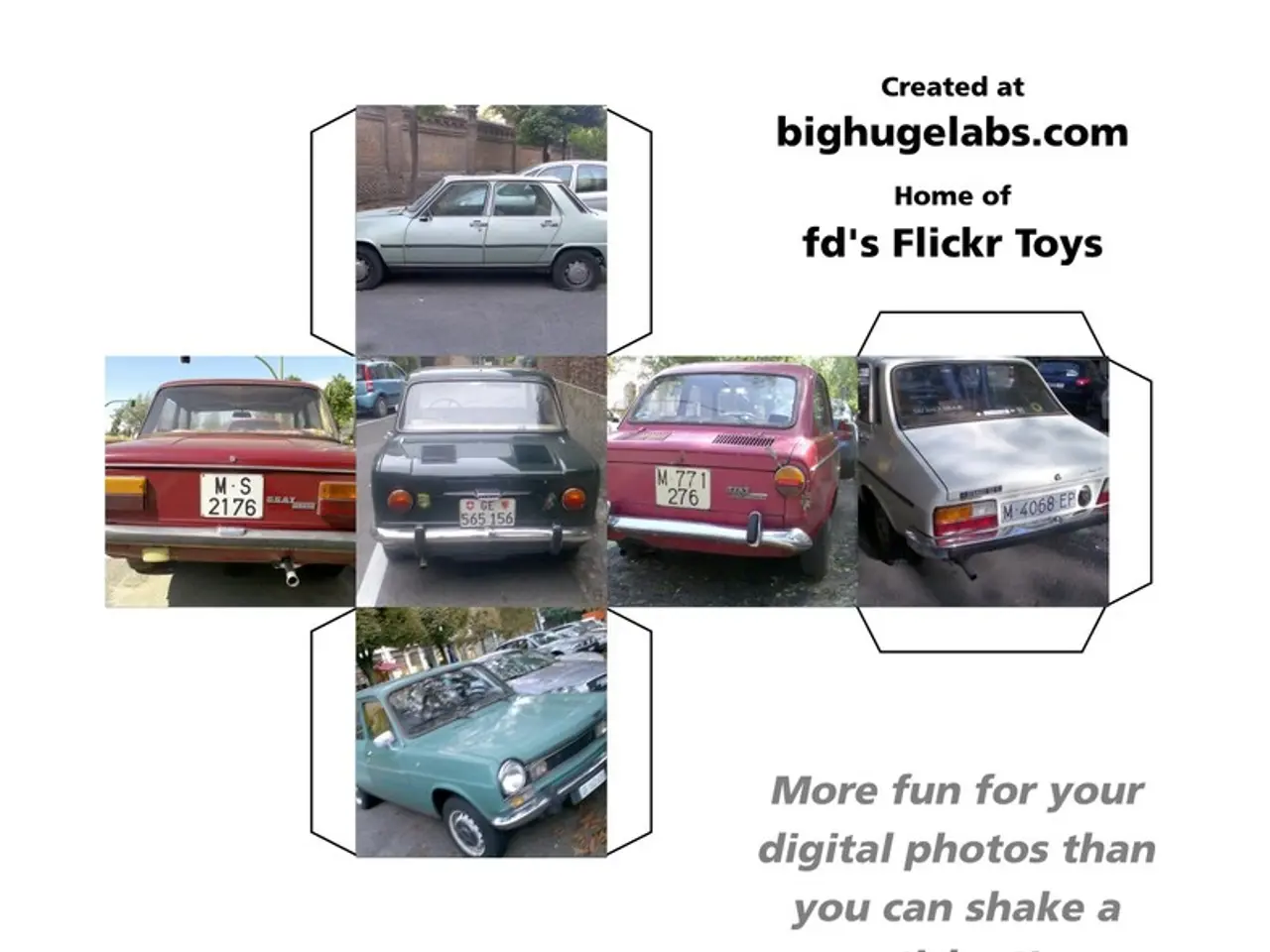Automobile Giant, Honda, Struggles Under Tariff Burden
In the face of challenges posed by reduced vehicle sales in China, increased research and development expenses, and the impact of U.S. tariffs, Honda Motor Co. has adjusted its production strategy. The Japanese automaker projects a ¥650 billion ($4.4 billion) reduction in operating profit for the fiscal year ending March 2026 due to U.S. tariffs.
For the next fiscal year, Honda anticipates an operating profit of ¥500 billion ($3.39 billion), a 59% decrease year-over-year. The company's revenue is projected to be ¥20.3 trillion ($137 billion), a 6% decrease from the previous year.
To counteract the effects of tariffs, Honda has undertaken a significant shift in its production strategy. This transition involves localizing production of critical components such as engines and transmissions in the United States. The company has invested $1 billion to retool three Ohio plants (Marysville, East Liberty, and Anna) for flexible production of internal-combustion-engine, hybrid, and electric vehicles.
Honda's strategic move prioritizes hybrid production for the U.S. market, with plans for at least 13 new e:HEV (hybrid electric vehicle) models. This focus aims to improve fuel efficiency and margins, aligning with U.S. market demand.
The automaker has also formed a $4.4 billion joint venture with LG Energy Solution to build a domestic EV battery plant, enabling vertical integration and reducing tariff risks on imported battery modules.
Honda's plans extend beyond the immediate future. The company aims to increase U.S. production by 30% over the next few years to reach a target of 90% of U.S. sales produced domestically. This ambitious goal is part of an effort to maintain about 92% retention of its U.S. customer base and qualify for duty-free exports within the region, as Honda aims for 75% North American content in its supply chain.
Notably, Honda's plans for an electric-vehicle supply chain in Ontario, Canada, have been postponed by approximately two years due to slowing EV demand and uncertainty around the U.S. tariff economy.
The next-generation Civic will be produced in Indiana starting May 2028, as part of Honda's adjustment to U.S. production strategies in response to tariffs. The company also plans to shift more production of the Civic hybrid car and CR-V CUV to U.S. facilities to mitigate the impact of U.S. tariffs.
Despite the challenges and adjustments, Honda's fourth-quarter earnings experienced a significant downturn, with an operating profit of ¥73.5 billion ($498 million), a 76% decrease year-over-year. The company's net profit for the full fiscal year ending March 2025 declined 24.5% to ¥835.8 billion ($5.66 billion).
However, Honda's plans for substantial investment in U.S. manufacturing, such as the $1 billion investment in Ohio plants and the $4.4 billion battery plant construction, demonstrate the company's commitment to its U.S. operations and its resilience in the face of evolving trade policies and market shifts.
- Honda's $4.4 billion joint venture with LG Energy Solution will build a domestic EV battery plant, aiming to reduce tariff risks on imported battery modules and contribute to the supply chain of electric vehicles.
- In an effort to align with sports car enthusiasts' demand, Honda plans to produce the next-generation Civic in Indiana starting May 2028, thus expanding its portfolio of vehicles suitable for sports-oriented consumers.







